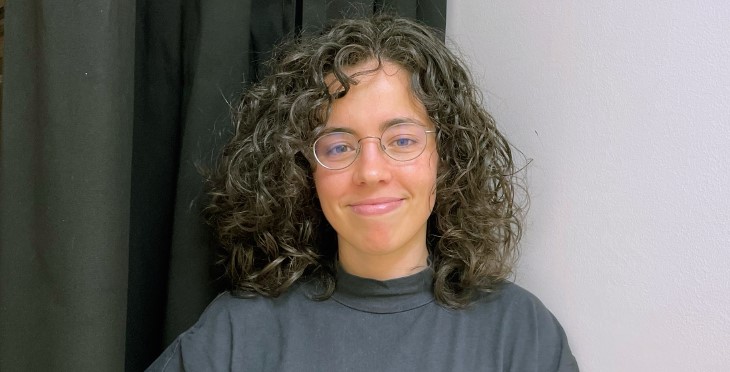Functional correlations between genotype and phenotype in non-muscle myosin 2A mutations

Clara Llorente-González
Centro de Investigación del Cáncer (CIC-IBMCC), Salamanca
Non-muscle myosin 2A is a ubiquitously expressed myosin that organizes actin filaments and provides the necessary force and structure for the actin cytoskeleton to transmit force to the extracellular milieu and drive intracellular dynamics, which underlie dynamic processes such as cell adhesion, migration and division. Over 80 mutations to NM2A have been described; collectively causing an autosomal disorder termed Myh9-RD. These mutations appear all along the primary structure of NM2A heavy chain, defining a pathological spectrum of severity depending on the mutation site. We speculate that these mutations perturb the ability of NM2A to switch between filamentous and non-filamentous conformation, affecting its dynamics, organization and function. We postulate that the possible mechanisms of perturbation include destabilization of the balance between conformations that control NM2A functionality, or by disturbing filament packing.
To test this hypothesis, we have used a combination of quantitative biochemical and image-based approaches. We mapped known Myh9 mutations onto homology models of NM2A plotting them on cryo-EM structures of smooth muscle myosin to predict possible steric effects on myosin deployment. We also produced functional full-length protein and performed ATPase and filament sliding assays. We expressed tagged mutants and molecular chimeras on diverse cellular backgrounds to determine the effect of specific mutations on cellular myosin dynamics, including filament formation and turnover; adhesion assembly; and interaction and relative positioning with respect to wild type NM2A and NM2B, which are readouts of myosin activity in mesenchymal cells. Finally, we analyzed diverse blood cells from a patient bearing a novel Myh9 mutation, R1162S. Together, our results demonstrate how specific point mutations impair actomyosin dynamics in live cells, providing new structural and functional insight into how deleterious mutations deregulate NM2A function leading to disease.

